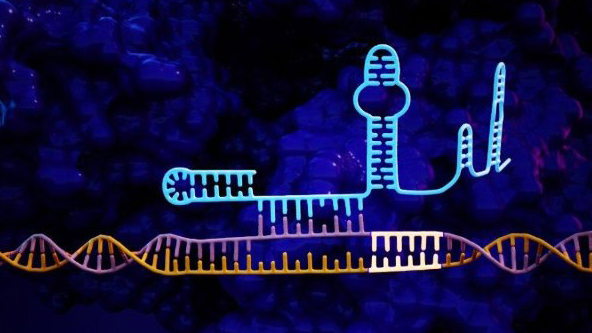“Biomedical engineers at Duke University, North Carolina, have developed a method for improving the accuracy of CRISPR genome editing by an average of 50-fold. They believe it can be easily translated to any of the technology’s continually expanding formats.
The approach adds a short tail to the guide RNA which is used to identify a sequence of DNA for editing. This added tail folds back and binds onto itself, creating a “lock” that can only be undone by the targeted DNA sequence.
“CRISPR is generally incredibly accurate, but…”

